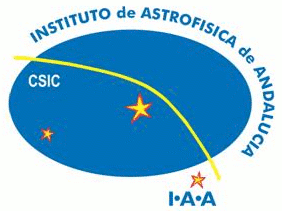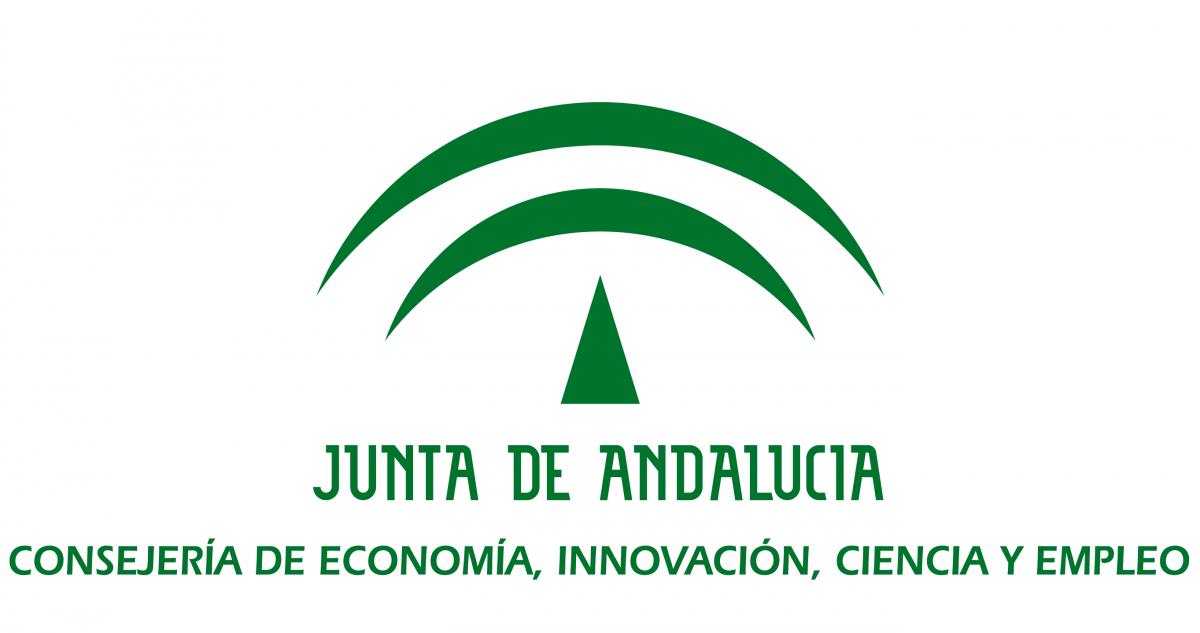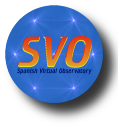Abstract
In this talk I will present a global overview of this workshop, together with the motivations that led to me to make myself questions about "Time" and the way we "measured" it. My research career has been devoted to the study of stellar interiors by means of asteroseismological techniques, pioneering the organization of multisite campaigns to alleviate the aliasing at one cycle per day associated to observations form a single bservatory.
Then, and in order to identify the oscillation modes I collaborated in developping new theoretical models, for them to include interaction between pulsation and convection and atmosphere focused on non-adiabatic parts of the equations and basic to get color information. This expertise was taken into account for the design of the CoRoT mission in which I was the Spanish representative in the Scientific Committe. One year after the launch I put in evidence that
the color information, as supplied by a prism installed in front of the detector, was not properly being recorded due to sufficient accurate jitter correction and I focused my efforts into the asterosesismic camera. I will review works showing that the residuals of these ultra-precise white light time series, after removal of all known instrumental effects, and after fiting to an harmonic series, were not white noise, and that the "observed" frequencies, as peaks in a periodogram, do not match any theoretical model. During all this time I have found that different kind of conventionalist stratagems (à la Popper) affect the time series analysis, this deserving the special attention that, I hope, will receive in this workshop.
Rafael Garrido






